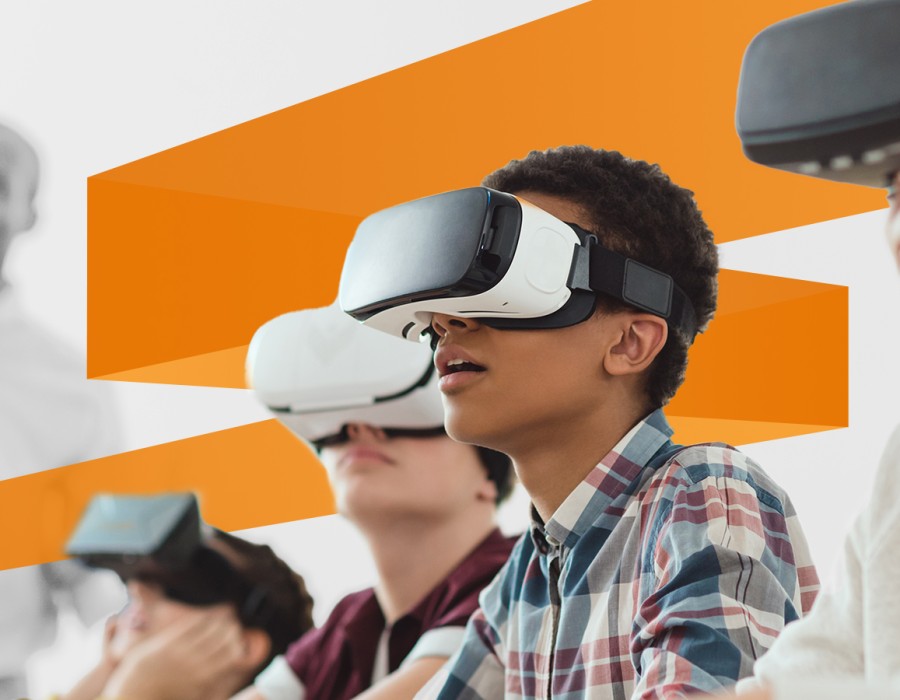Imagine a classroom buzzing with energy, where students eagerly engage with interactive lessons and collaborate seamlessly on projects. This vision is becoming a reality, thanks to the power of Wi-Fi for primary education. The internet has transformed how we teach and learn, making resources accessible like never before. Young learners are now equipped not just with textbooks but also with tools that spark creativity and critical thinking.
As schools embrace this digital era, the role of Wi-Fi becomes crucial. It provides the backbone for innovative teaching methods and enhances student experiences in ways previously unimaginable. But what does this transformation look like in practice? Let’s explore inspiring case studies, tackle challenges head-on, and discover how digital tools can elevate learning environments across primary education.
Case Studies of Successful Implementation
One notable example is a primary school in San Francisco that integrated Wi-Fi throughout its campus. Teachers began using online resources to supplement their lessons, allowing students to explore topics in depth. The result? Increased engagement and improved test scores across subjects.
In another case, a rural school in Texas faced connectivity challenges. With the installation of reliable Wi-Fi, educators introduced digital storytelling projects that allowed students to create multimedia presentations. This not only boosted creativity but also enhanced collaboration among peers.
A third success story comes from an international school in Singapore, where classrooms turned into interactive learning hubs. Students utilized tablets and educational apps for personalized learning experiences. Teachers embraced data analytics tools to monitor progress and adjust instruction accordingly.
These case studies illustrate how effective implementation of Wi-Fi can reshape traditional classroom dynamics while fostering innovative teaching approaches tailored for young learners.
Challenges and Solutions for Integrating Wi-Fi
Integrating Wi-Fi in primary schools presents several challenges. One of the most pressing issues is infrastructure. Many older buildings struggle to support modern connectivity needs.
Another hurdle is ensuring equitable access for all students. Not every family has reliable internet at home, which can widen the educational gap.
Security concerns also arise with increased online usage. Schools must prioritize safe browsing and protect student data from potential threats.
Training teachers on new technologies is essential but often overlooked. Professional development sessions can help educators feel confident in using digital tools effectively.
Budget constraints further complicate matters, as funding for tech upgrades may be limited. However, schools can seek partnerships with local businesses or apply for grants to supplement their resources.
By addressing these challenges head-on, institutions can create a more effective learning environment that embraces the power of technology.
Enhancing Learning with Digital Tools
The integration of Wi-Fi in primary education paves the way for a new era of learning. Digital tools, when paired with reliable internet access, can significantly enhance the educational experience for young learners.
Think about interactive applications that make complex subjects more approachable. Math games and science simulations bring lessons to life, allowing students to explore concepts hands-on. These resources are engaging and cater to different learning styles.
Moreover, collaborative projects become easier with digital platforms. Students can work together on assignments from different locations. They learn teamwork and communication skills while staying connected through technology.
Teachers also benefit greatly from this shift toward digital learning environments. With online resources at their fingertips, they can tailor lessons to meet diverse needs within the classroom. This flexibility leads to improved student outcomes as educators adapt teaching methods based on real-time feedback.
From coding classes that introduce problem-solving techniques to e-books that foster reading habits, every digital tool adds value in unique ways. The potential is vast; schools just need the right infrastructure to harness it effectively.
Transitioning into a tech-savvy educational framework isn’t without its bumps along the road but overcoming these challenges is essential for future generations' success in an increasingly digital world. Embracing Wi-Fi for primary education opens doors previously thought locked tight—truly transforming how our youngest minds engage with knowledge today and tomorrow.
For more info. Visit us:
Machine learning for radio resource management





Comments